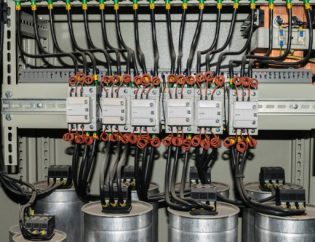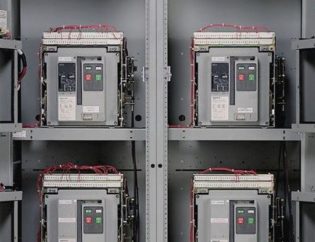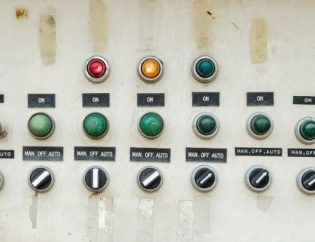Introduction
Generator synchronizing panel boards play a critical role in achieving efficient power generation and load sharing. Synchronization ensures that multiple generators operate in harmony, maintaining stable voltage, frequency, and phase alignment. In this blog, we will delve into the various synchronization techniques employed in generator synchronizing panel boards and how they contribute to achieving perfect load sharing.
Understanding Generator Synchronizing Panel Boards
Generator synchronizing panel boards are control panels that facilitate the synchronization of multiple generators in a power system. They monitor and adjust voltage, frequency, and phase parameters to ensure that all generators share the electrical load evenly. The synchronizing panel boards play a vital role in maintaining system stability and preventing issues like power fluctuations and overload.
Basics of Synchronization
Synchronization is the process of aligning the voltage, frequency, and phase of generators before connecting them to a common bus. Precise synchronization is crucial for load sharing, as any deviation can lead to unequal distribution and potential damage to the generators. Key parameters such as voltage, frequency, and phase are carefully monitored and adjusted to achieve synchronization and ensure perfect load sharing.
Synchronization Techniques
-
Droop Control Method:
- The droop control method adjusts the generator speed to regulate the output frequency.
- Each generator operates with a slight frequency droop, causing the speed to decrease as the load increases.
- The droop allows generators to respond to load changes and automatically adjust their output, achieving proportional load sharing.
- Droop control is commonly used in applications where parallel generators operate in a stable load-sharing mode, such as in industrial or commercial settings.
-
Isochronous Control Method:
- The isochronous control method maintains a constant speed and frequency regardless of the load variations.
- Generators operating in isochronous mode adjust their output to match the total load, ensuring equal load sharing.
- Isochronous control is ideal for applications where a constant frequency is critical, such as in sensitive electronic or medical environments.
- However, careful monitoring and control are necessary to prevent overload or instability due to sudden load changes.
-
Digital Load Sharing Control Method:
- Digital load sharing control employs advanced control systems and algorithms to monitor and adjust generator output.
- It uses digital communication and feedback loops to ensure precise load sharing among generators.
- The digital load sharing technique offers enhanced accuracy, stability, and responsiveness, resulting in near-perfect load sharing.
- This method is commonly used in critical applications where precise load distribution is crucial, such as data centers or hospitals.
Advanced Synchronization Techniques
-
Dead Bus Sync:
- Dead bus synchronization is a technique that involves synchronizing generators without directly connecting them to the live bus.
- The generators are first synchronized internally to match voltage, frequency, and phase, ensuring they are in sync with each other.
- Once synchronization is achieved, the generators are then connected to the live bus simultaneously.
- Dead bus sync minimizes disturbances and reduces the risk of voltage and frequency transients during the synchronization process.
-
Synchroscope and Phase Comparator:
- Synchroscope and phase comparators are instruments used to assist in the synchronization process.
- A synchroscope visually indicates the phase difference between the generator and the bus, allowing operators to adjust the generator speed for synchronization.
- Phase comparators provide accurate phase measurements to ensure precise synchronization and prevent phase mismatches.
- Proper use and interpretation of synchroscope and phase comparator readings are crucial for achieving accurate synchronization.
Challenges and Considerations
Synchronization can face challenges due to varying load conditions, changes in generator characteristics, or faulty equipment. Regular maintenance and calibration of synchronization equipment are essential to ensure accurate readings and reliable operation. Monitoring and adjustment of synchronization parameters, such as voltage and frequency limits, are necessary to maintain stable load sharing under different operating conditions.
Best Practices for Achieving Perfect Load Sharing
- Proper generator sizing and capacity planning help ensure that the generators are appropriately matched to the load requirements.
- Regular maintenance and calibration of synchronization equipment, including synchroscopes and phase comparators, are vital for accurate synchronization.
- Continuous monitoring and adjustment of synchronization parameters, along with load variations, contribute to achieving perfect load sharing.
Conclusion
Synchronization techniques in generator synchronizing panel boards are instrumental in achieving perfect load sharing and maintaining system stability. Whether employing droop control, isochronous control, or digital load sharing methods, precise synchronization ensures equal distribution of the electrical load among generators. By understanding and implementing these synchronization techniques, power system operators can optimize generator performance and ensure efficient power generation in various applications.









